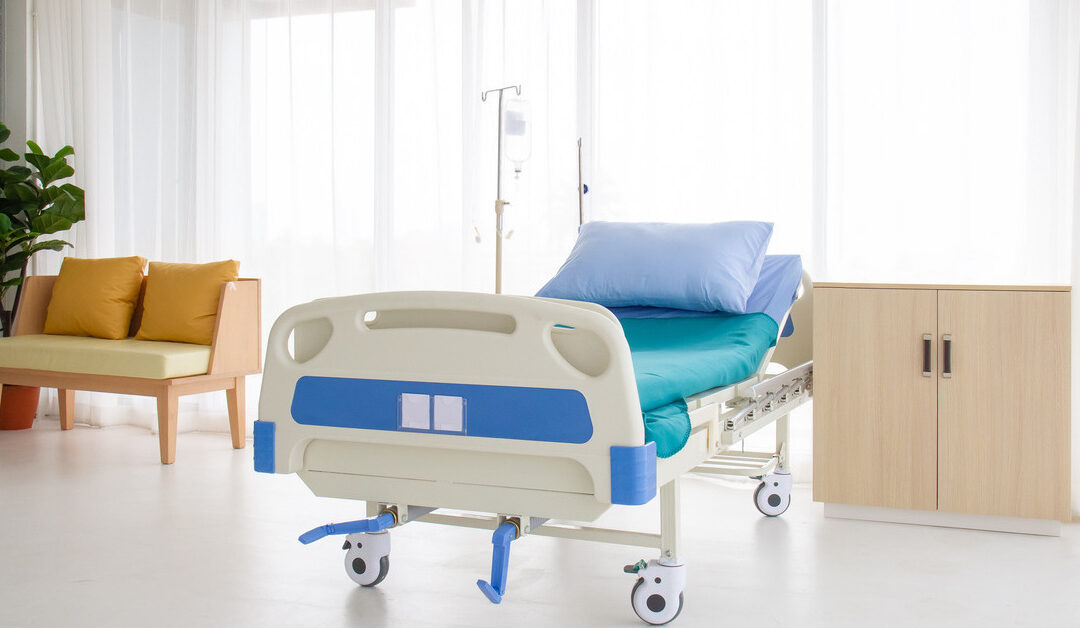In the healthcare industry, the rapid pace of technological advancement inadvertently creates significant waste in the form of obsolete medical equipment and furniture. Medical equipment refurbishment has emerged as a crucial solution to this problem, offering a sustainable alternative that not only minimizes environmental impact but also makes essential health services more accessible and affordable. Read on to learn more about medical equipment refurbishment and how this process can decrease waste and optimize hospital operations.
The Environmental Impact of Medical Waste
Medical waste, particularly from outdated and discarded equipment, contributes significantly to environmental degradation. This waste often includes non-recyclable plastics, metals, and hazardous substances that can contaminate soil and water sources. The incineration of medical waste releases harmful emissions, including dioxins and furans, which contribute to air pollution and pose serious health risks to nearby communities. Furthermore, the accumulation of non-biodegradable materials in landfills exacerbates the planet’s growing waste management problems. Effective medical waste management is, therefore, critical in mitigating these environmental impacts and promoting a healthier ecosystem.
The Benefits of Refurbishing Medical Equipment
Refurbishing medical equipment and furniture offers numerous financial advantages for healthcare facilities. By opting to refurbish existing equipment rather than purchasing new items, hospitals can save a substantial amount of money. These savings can then be redirected toward other critical areas, such as patient care, staff training, or advanced medical research. This cost-effective approach not only supports the financial health of medical institutions but also makes state-of-the-art medical technologies accessible to a broader range of facilities, including those in underfunded or underserved areas.
From an environmental standpoint, refurbishing medical equipment and furniture significantly reduces waste and conserves natural resources. The process of refurbishment involves repairing, updating, and restoring existing devices to a condition that matches or closely approximates that of new equipment. This reduces the need for raw material extraction and manufacturing, both of which have substantial environmental footprints. In this way, equipment refurbishment supports a circular economy, promoting sustainability and environmental stewardship within the healthcare industry.
Optimize Your Medical Equipment With Piedmont Medical
Understanding how medical equipment refurbishment can decrease waste and enhance hospital operations is just part of the process; selecting the right partner for your refurbishment needs is equally crucial. That’s where Piedmont Medical comes in! Our team of experts specializes in providing high-quality, cost-effective solutions for healthcare facilities worldwide. We use state-of-the-art technology and adhere to strict quality control standards to ensure that all refurbished equipment meets your particular needs. Explore our selection of reconditioned hospital furniture to optimize your medical operations today.


Recent Comments